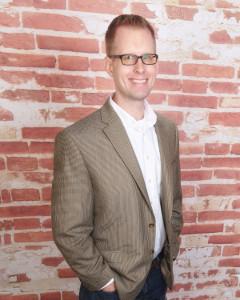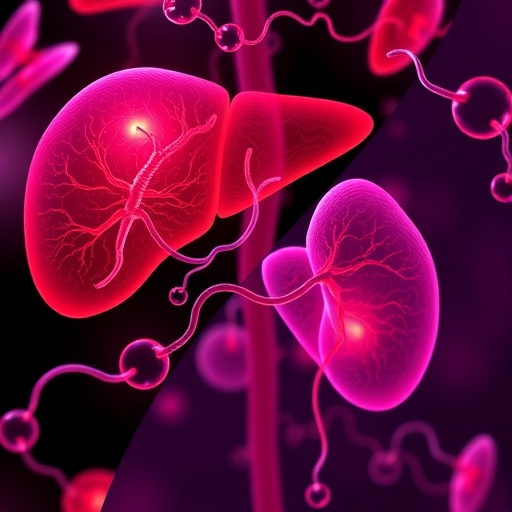Superior sensing in robots

Credit: UT Arlington
Using a new field of applied mathematics, a computer scientist at The University of Texas at Arlington is working to enhance the perception capabilities of robots.
William Beksi, assistant professor of computer science and engineering, is investigating how to effectively process 3D point cloud data captured from low-cost sensors–information that robots could use to facilitate intelligent tasks in complex scenarios. Beksi’s work is funded with a two-year, $175,000 grant from the National Science Foundation.
Three-dimensional point clouds are sets of points in space, sometimes with color information, that can be obtained from inexpensive 3D sensors. However, data generated by these sensors can suffer from anomalies, such as the presence of noise and variation in density of the points. These issues limit the reliability, efficiency and scalability of robotic perception applications that use 3D point clouds for manipulation, navigation, and object detection and classification.
“As 3D-sensor technology becomes pervasive in robotics, modern approaches to process and make use of this data in innovative and meaningful ways has not kept up,” Beksi said. “Traditional 2D image-processing routines for extracting perceptually meaningful information cannot be directly applied to 3D point clouds.
“The idea behind this research is to develop new algorithms for processing large-scale 3D point clouds that overcome these limitations and lead to advances in robotic perception.”
For his research, Beksi will use topological data analysis, a new field of applied mathematics that provides tools for extracting topological features from data. The main tool, persistent homology, allows one to study features such as connected components, holes and voids at multiple scales.
The research will investigate how the incorporation of topological features can yield unique insight into the structure of point cloud data that is not obtainable from other methods.
Beksi said the work represents a shift from a geometrical to topological approach for 3D point cloud processing, with the goal of combining the best traits of the two models.
“Dr. Beksi is entering largely uncharted territory with this exciting research,” said Hong Jiang, chair of UTA’s Computer Science and Engineering Department. “If successful, the discoveries he makes could reshape how robots are used in current applications or lead to new applications that are so far impossible.”
Beksi was a research assistant at the University of Minnesota’s Center for Distributed Robotics from 2012-18 and has worked as a robotics and software engineer at several companies. Additionally, he has authored or co-authored 12 journal publications, conference publications, and technical reports.
###
– Written by Jeremy Agor, College of Engineering
Media Contact
Herb Booth
[email protected]
Original Source
https:/




